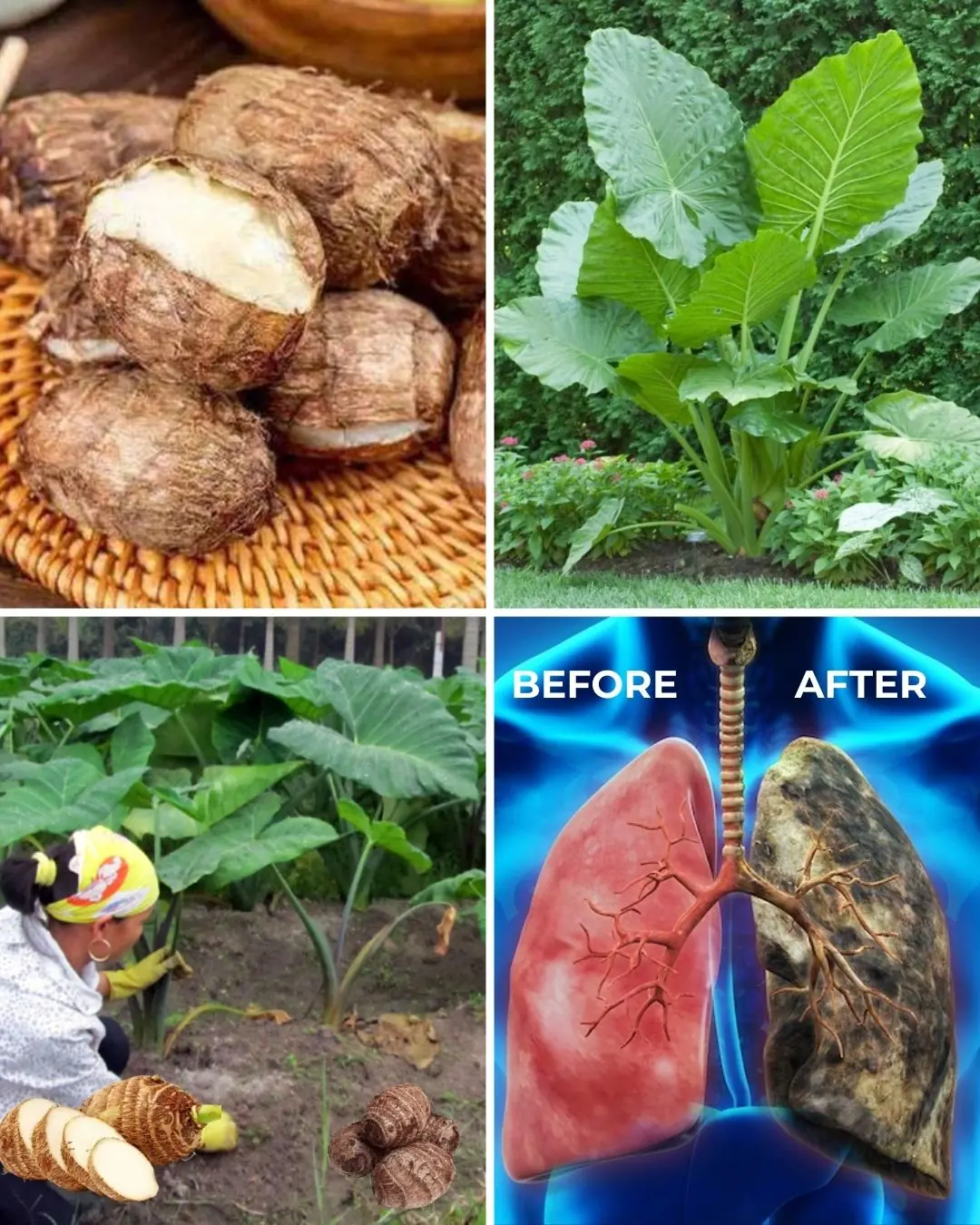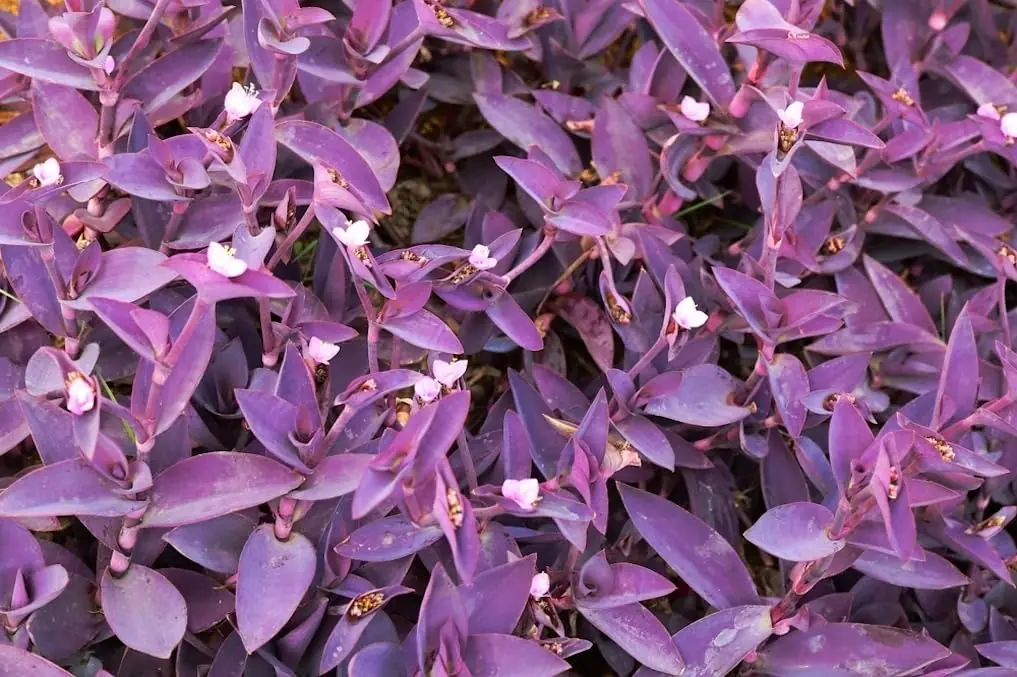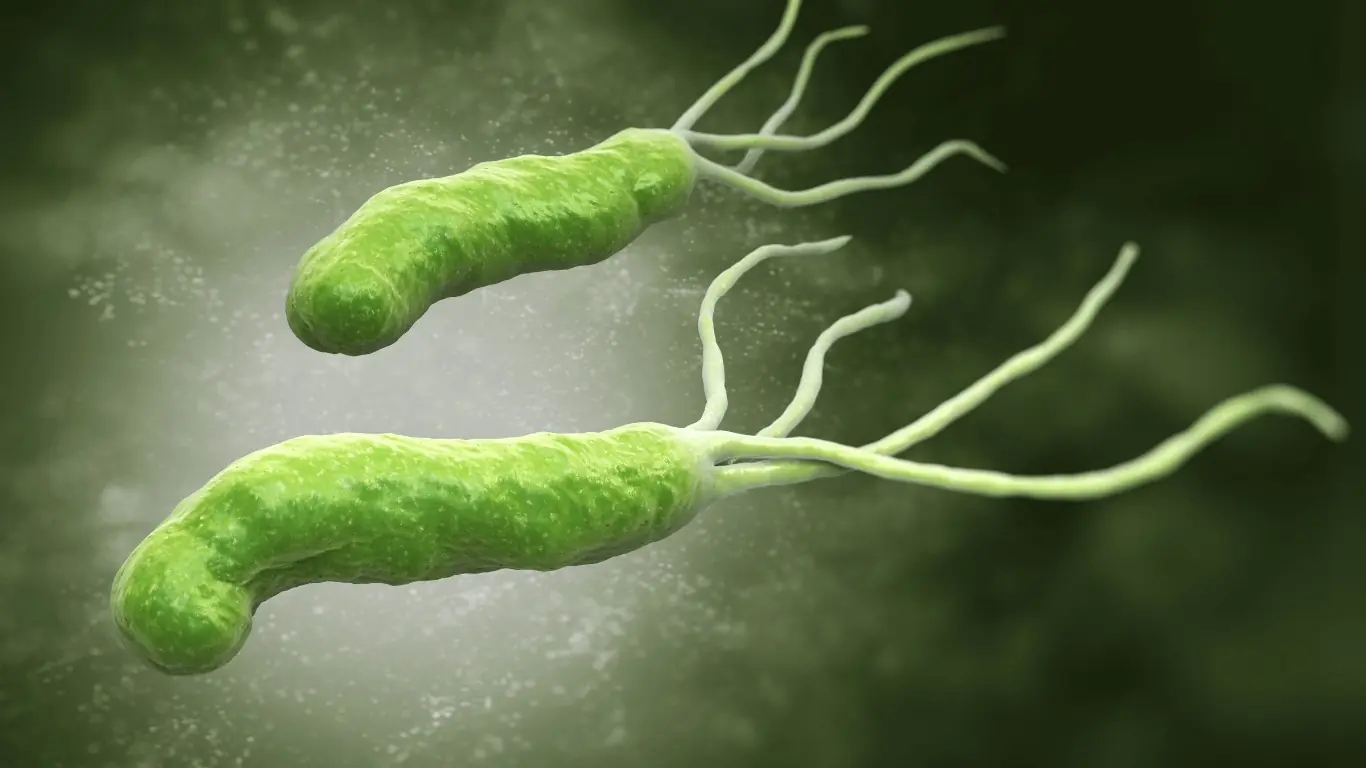
Deadly Nightshade (Atropa belladonna): The Dangerous Beauty

Deadly nightshade, scientifically known as Atropa belladonna, is one of the most toxic plants in the world. Its name alone hints at its deadly reputation, making it a plant of both beauty and danger. Native to Europe, North Africa, and parts of Asia, this perennial herb has a long and eerie history of use in medicine, folklore, and, unfortunately, poisonings.
Appearance of Deadly Nightshade
Flowers: The flowers are bell-shaped and purple-brown with a greenish tinge. They bloom from midsummer to early autumn, giving them an enchanting yet foreboding appearance.
Fruits: The fruits are shiny black berries, roughly the size of cherries. Although they look incredibly tempting, they are extremely toxic and can cause severe harm if ingested.
Leaves: The leaves are oval-shaped, dark green, and slightly pointed, often growing in pairs along the stem.
Height: The plant grows between 2 and 4 feet tall, with branching stems that add to its widespread nature in the wild.
Toxic Compounds
Deadly nightshade contains powerful alkaloids, which are primarily responsible for its toxicity. These include:
-
Atropine
-
Scopolamine
-
Hyoscyamine
These alkaloids affect the central nervous system and can cause life-threatening symptoms even in small amounts. They work as anticholinergics, blocking the action of the neurotransmitter acetylcholine, which is essential for muscle contractions and other vital bodily functions.
How Deadly Nightshade Affects the Body
The toxic compounds in deadly nightshade interfere with the normal functioning of the nervous system, leading to a range of dangerous symptoms. These include:
Symptoms of Poisoning
-
Dry mouth and difficulty swallowing
-
Blurred vision and dilated pupils (a hallmark sign of belladonna exposure)
-
Hallucinations and confusion
-
Rapid heartbeat (tachycardia)
-
Severe thirst
-
Fever and flushed skin
-
Seizures
-
Paralysis
-
Coma and death in severe cases due to respiratory failure
Danger to Humans and Animals
Humans:
Even a small number of berries can be deadly. For children, consuming just 2-5 berries can be fatal, while 10-20 berries could kill an adult. The leaves and roots are also extremely toxic and should never be consumed.
Pets and Livestock:
Animals like dogs, cats, and grazing livestock are at risk if they consume any part of the plant. Symptoms in animals include excessive salivation, dilated pupils, restlessness, and convulsions.
How to Stay Safe
-
Avoid Handling the Plant: Always wear gloves if you need to remove it from your garden. Its toxins can be absorbed through the skin or mucous membranes, making direct contact hazardous.
-
Educate Children and Pets: Teach children to never eat wild berries, regardless of how tempting they may appear. Keep pets away from areas where the plant grows to prevent accidental poisoning.
-
Identify and Remove: Familiarize yourself with the appearance of deadly nightshade, and if you find it growing near homes, gardens, or playgrounds, take immediate action to remove it safely.
Interesting Facts About Deadly Nightshade
-
Name Origin: The name "belladonna" comes from the Italian term for "beautiful lady." Historically, it was used as a cosmetic, with women applying its extract to dilate their pupils and create a striking, wide-eyed appearance.
-
Symbolism: In folklore and literature, deadly nightshade is often associated with death, danger, and mystery. It’s a symbol of both allure and peril.
-
Use in Medicine: Despite its toxicity, modern medicine still uses derivatives of belladonna, such as atropine, in controlled doses for various medical treatments. For example, atropine is used to treat bradycardia (slow heart rate) and to dilate the pupils during eye examinations.
Conclusion
Deadly nightshade is a captivating yet highly dangerous plant. While its striking appearance may add intrigue to gardens or wild landscapes, its toxic nature necessitates caution. By understanding the risks and historical significance of this plant, you can appreciate the fascinating story behind deadly nightshade while ensuring the safety of yourself and those around you. Admire it from a distance, but never handle it carelessly!
News in the same category


7 Benefits of Chewing Raw Garlic on an Empty Stomach

They Call It the Blood Sugar Remover: The 100-Year Remedy That Heals Kidneys, Cleans Cholesterol, and Fights Diabetes Naturally

🌿 Grandma’s Remedy for Varicose Veins: A Natural Recipe with Aloe Vera, Apple Cider Vinegar, and Lemon

The Power of Tamarind Fruits: Sweet, Sour & Supercharged with Health Benefits

🌿 10 Healthy Plants That You Need to Have in Your House!

Absolutely BEST Foods to Detox Your Kidneys

Unlock the Hidden Power of a Timeless Plant

🌱 Taro Unraveled: The Hidden Power of This Ancient Root

Onion, Garlic, and Olive Oil Remedy for Varicose Veins: Natural Treatment and Benefits

Purslane: The Superfood That Tastes Better Than Meat – 7 Reasons to Grow It in Your Garden

Japanese Secret Revealed: Smooth Wrinkles and Stay Youthful Without Surgery or Expensive Treatments

Eat Garlic, But Never Make This Fatal Mistake (Only 1% Know the Dangers of Garlic)

🌿 Celery for the Kidneys and Liver: The Natural Cleanser Your Body Will Thank You For

OSTEOPOROSIS Warning: 16 #1 Foods that Improve Your Weak Bones (How to Consume Them)

🌿 Purslane Unraveled: The Secret Superfood Hiding in Plain Sight

Say Goodbye to Urinary Infections, Asthma, Diabetes, Poor Circulation, Fatty Liver, and Hypertension: The Secret of Moses-in-the-Cradle Plant

Your Legs Weaken First! Drink These 3 Powerful Drinks to Strengthen Them | Senior Health Tips
News Post

Forget 10,000 steps: Scientists prove 7000 steps gives you ‘almost identical’ life-saving benefits

The Most Effective Natural Way to Remove Gallstones

4 hidden signs of iodine deficiency in your skin, hair & nails

Objects People Were Confused About Their Purpose

Little Pocket in Women’s Underwear

What are the benefits of aloe vera? Here are 11 uses of aloe vera for health and skin

Just by looking at the spot on the crab's shell, 100% of the meat is packed to the brim, with my husband and children praising it non-stop.

These familiar fruits help improve sleep, especially number 1, which is both affordable and delicious.

Goosegrass: Health Benefits and Uses

7 Benefits of Chewing Raw Garlic on an Empty Stomach

Here's why you should never sleep with the bedroom door open. FIND OUT MORE IN THE COMMENTS ⬇️

Don’t Wash Your Wooden Cutting Board with Soap When It’s Moldy: Try This Simple Method to Make It Spotless in Just 5 Minutes

Mixing Essential Balm with Toothpaste: A Handy Tip Everyone Should Know, Both Men and Women Will Want to Follow Once They Discover It

They Call It the Blood Sugar Remover: The 100-Year Remedy That Heals Kidneys, Cleans Cholesterol, and Fights Diabetes Naturally

Top 5 Amazing Tips for getting rid of Blackheads and Whiteheads

14 Items to Throw Away Right Now

Group finds spiky creatures in nest – shocked when they realize what they are

The Purple Maguey Plant — Benefits and Traditional Uses

How to Naturally Kill The Bacteria That Causes Bloating And Heartburn
